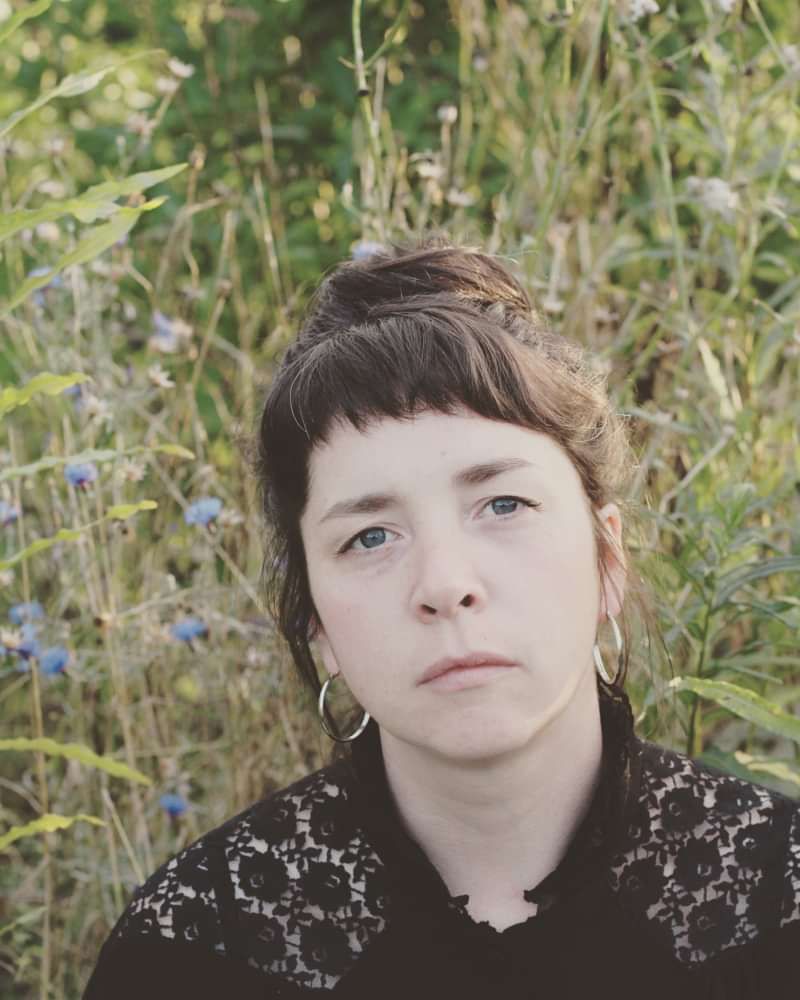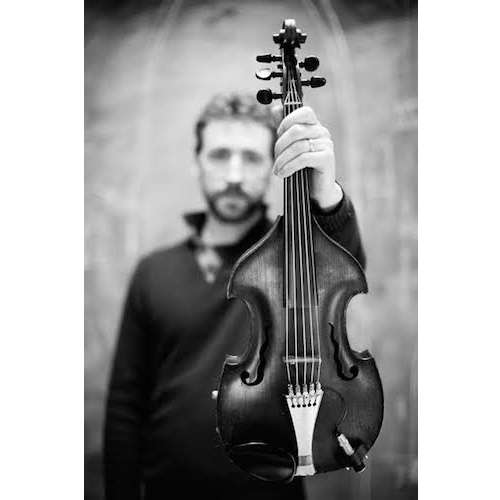
Lisa O'Neill
+ Colm Mac Con Iomaire
Entry Requirements: 18+
Recently awarded Best Original Track at the RTÉ Radio 1 Folk Awards (along with a record breaking five nominations, to go with this year’s four BBC Folk Award nods) Lisa O'Neill follows her acclaimed album Heard a Long Gone Song with a new EP - ‘The Wren, The Wren’ released on Rough Trade’s traditional music imprint River Lea.
“The three songs on this EP are woven together by a mixture of memory and myth. Facts often get lost in folklore which is maybe what gives way to artistic license to rewrite stories and bring them up to date… 'The Wren, The Wren' goes so far back that we don't know where or how it originated. It is a bird steeped in myth, folklore and tradition and through the ages has been revered as a symbol of fertility in many cultures, or as in this song, sacrificed even though it is the ‘King of the Birds’.
The tradition of hunting the wren is thought to have originated with the Celtic people and was a celebration of mid-winter. Later, like so many pagan traditions, its story mutated and was incorporated into the Christian calendar on the feast day of St. Stephen, (December 26th) connecting the Wren Boys ritual (Lá an Dreoilín) as the day when the 'traitor wren' betrayed St. Stephen and gave his hiding place away to those hunting him. It was a cruel tradition in which the tiny bird is captured, killed and tied to a pole. Local musicians and dancers would then dress in straw costumes and go door to door entertaining and collecting money for the wren's funeral. These old myths, nursery rhymes and songs have been thought up by adults and then carried in good spirit by the innocent tongues of children, who don't always understand the content of what they sing. Not unlike the prayers children learn in school, they are saying it and singing it before they can understand it and then, before we know it, we've entered the woods in a dreamlike state and are acting out the words we sing. Nature is as cruel as it is beautiful, and you only need to scratch the surface of these old children’s songs to see the hidden darkness beneath...
My song 'John-Joe Reilly', written in 2016 was prompted by these old ways and beliefs. It is written from the point of view of a girl who was wooed into the woods by one of the wren boys, only to be betrayed. Like the wren's chatter, the bould wren boy's tongue broke the girls trust. This is of course a common story in folk songs as it continues to be a common flaw in human behaviour. The fragility of an innocent woman of a certain age has always been a target for prey, and the line between playfulness and abandonment is fine and sadly, the outcome is often fatal. I liken the young woman's position in John-Joe Reilly to the entrapment of the little bird in the wren song. My song is a new spin on an old complaint. Fortunately, freedom of action and speech for women is not so stifled in this century. I am also glad to report that we do not sacrifice the Queen or King of the birds in Ireland today!
'Come back Paddy Reilly to Ballyjamesduff' written by the Roscommon born Inspector of drains, Percy French the 1880’s, displays a little bit of heaven in County Cavan. This is the place where I was born and reared. Percy French also seems to have carried on a tradition of artistic licence in a little bending of the truth for the sake of the song. The real Paddy Reilly of Ballyjamesduff was known to have disassociated himself from the character who features in this song. Like most Cavan people, I grew up only knowing the chorus to this song. I learned it this year in full and sang it recently for the first time to my Uncle Eugene O'Neill the night before he passed away. It was the most important moment of my singing to date. Sadly, my uncle Teddy O'Neill followed his brother three weeks after…
I am proud to dedicate this EP to these two fine men. Eugene was born on St. Stephens day.” – Lisa O’Neill


